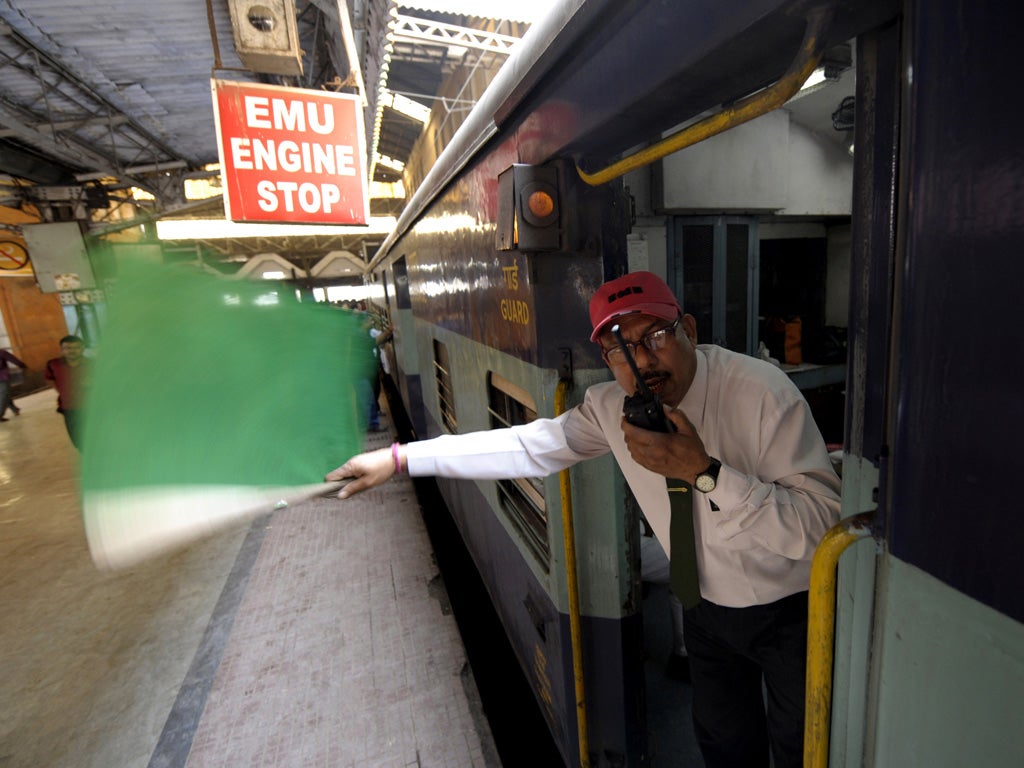First time for everything: Taking a sleeper train in India

Your support helps us to tell the story
From reproductive rights to climate change to Big Tech, The Independent is on the ground when the story is developing. Whether it's investigating the financials of Elon Musk's pro-Trump PAC or producing our latest documentary, 'The A Word', which shines a light on the American women fighting for reproductive rights, we know how important it is to parse out the facts from the messaging.
At such a critical moment in US history, we need reporters on the ground. Your donation allows us to keep sending journalists to speak to both sides of the story.
The Independent is trusted by Americans across the entire political spectrum. And unlike many other quality news outlets, we choose not to lock Americans out of our reporting and analysis with paywalls. We believe quality journalism should be available to everyone, paid for by those who can afford it.
Your support makes all the difference.To those who have not experienced it, train travel in India looks like an adventure. Passengers clinging on to the roofs, retro carriages! How exciting.
However, to those who have – a club that I have just joined – this romanticised view is a fairytale fed to foreigners. And rightly so, or we might never experience one of the world's most remarkable travel systems.
India's train network stretches across more than 40,000 miles of track, employs around 1.4 million people, and boasts more than 17,000 trains – though my journey only involved one locomotive travelling around 370 miles from Mumbai to Goa. I booked a ticket in a second-class carriage on this 12-hour sleeper train with a feeling that an enjoyable journey lay ahead, despite protests from my Indian relatives, who made it sound as though I'd be lucky to survive the trip.
I was 16th on the train's waitlist – an ingenious, if nerve-racking, invention that ensures that no train has empty seats if there are willing passengers to take them. In theory, India's train passengers are a fickle lot who cancel their tickets days before the journey, freeing up "reservation against cancellation" (RAC) spaces for those on the waitlist. RAC status gives passengers the right to board their chosen train. But, as I discovered when I was granted RAC status less than two hours before departure, it does not give them the right to a seat or bed.
Despite having to share a bunk around half the width of a single bed, the drinks sellers' near constant shouts of "pani, pani, pani!" ("water, water water!"), and the regular stops to allow yet more passengers to board the already-heaving third class carriages, I slept soundly and arrived in Goa happy and well rested.
Join our commenting forum
Join thought-provoking conversations, follow other Independent readers and see their replies
Comments